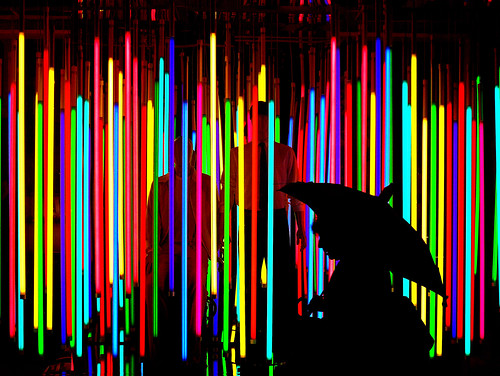There is some question as to whether a cat’s coat color is a good predictor of his personality. Any cat owner will tell you this is true, and the web has several lists of personality types.
This quote provides three possible mechanisms for the relationship between cat coat color and personality type.
- Coloring can affect the animal’s perceptions, putting him at a physical disadvantage.
- The chemicals involved in pigmentation are related to, or metabolized to form, neurotransmitters that affect mood.
- The genetic code for personality is on the same chromosome as the genetic code for coat color.
Relationships between coat colouring and behavior appear to occur in a variety of other species, and a number of possible reasons for their occurrence have been suggested. First, changes in pigmentation may directly influence the function of sensory organs. For example, the lack of protective pigment in the iris of albino animals leads to problems of visual perception, especially in bright light, which may underlie some of their commonly observed behavioural characteristics, such as sluggishness of reactions.
A second possibility directly links the mechanisms underlying coat colouring to those underlying the control of behaviour. Coat colouring pigments (melanins) are produced by the same biochemical pathways as the catecholamines, such as dopamine, which play and important role in brain activity. For example, dihydroxyphenylalanine (dopa) forms the basis for the synthesis of both types of compound. It is therefore possible that there is a relationship between the supply and use of dopa in the nervous system and the skin. If coat colouring genes help to regulate dopa usage in both systems, this might underlie apparent links between behaviour and coat colour.
A third possibility is that genes controlling coat colouring are located at positions on chromosomes close to other genes which have some influence on the function of the nervous system. For example, blue-eyed white cats and, to a lesser extent, white cats with orange eyes are often deaf. This genetically induced defect obviously has a marked effect on behaviour and caused breeders to regard these animals as ‘dull of intellect and slow in thinking’.
— Turner, Dennis C. The Domestic Cat: The Biology of its Behaviour, 2nd edition. Cambridge University Press. 2000. pg 54.







 Bad Behavior
Bad Behavior Member of American Mensa, Ltd.
Member of American Mensa, Ltd. Church of the Flying Spaghetti Monster
Church of the Flying Spaghetti Monster Potential Threat To The Nation
Potential Threat To The Nation Amazon.com Daily Deals
Amazon.com Daily Deals